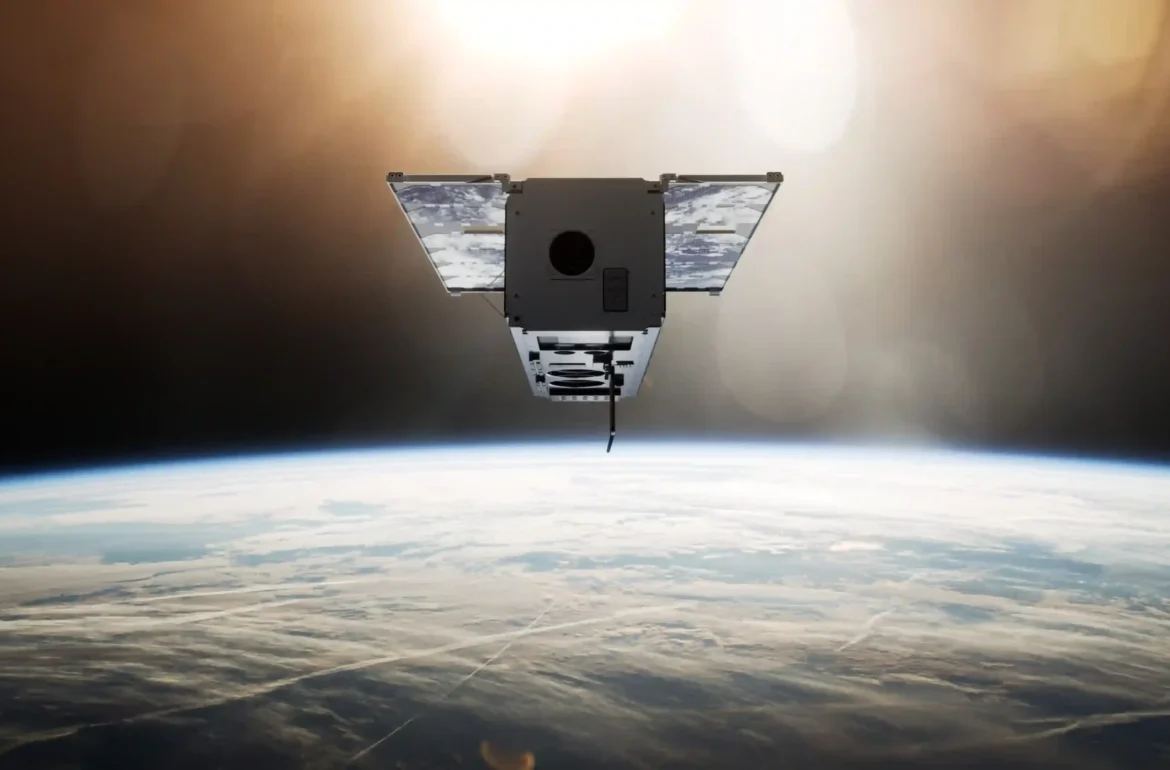On Monday morning, at 4.36 a.m. Estonian time, the Vega launcher carrying Estonia’s fourth satellite, ESTCube-2, was launched into space from French Guiana. The launch had initially been scheduled for October 7, but was postponed only seconds before it began.
According to Hans Teras, junior research fellow at the University of Tartu Observatory and ESTCube-2 project manager, the team involved are proud of getting the satellite into orbit after years of hard work.
“This, does not mean however, that we can rest now. Someone also has to control the orbiting satellite and conduct scientific experiments with it,” said Teras.
“First, however, we need to wait for the first signal, which should arrive at around 11:30.”
ESTCube-2’s leading systems engineer Kristo Allaje said that controlling a satellite is perhaps even harder than building one. “There are few people who have done it and could help, and the problems are unknown. The lifetime of the satellite is two years. So, the clock is ticking.”
ESTCube-2 is Estonia’s most research-intensive satellite and has been mostly built by students. Around 600 students, most from the University of Tartu, have contributed to its development.
ESTCube-2 is a three-unit CubeSat, which means it consists of three 10 × 10 × 10 cm cubes, each weighing up to 2 kg. The entire satellite weighs 4.5 kg and is around the size of a shoebox.
The mission’s boldest goal is to find a solution to reduce space debris. The satellite also carries an anti-corrosion experiment and Earth observation cameras. In addition, a unique cybersecurity system created by CybExer Technologies OÜ will be tested in ground systems to develop resilience to cyberattacks. The function of the plasma brake on the satellite is to remove the satellite from Earth’s orbit at the end of the mission.
ESTCube-1 was launched ten years ago, making Estonia a spacefaring country for the first time.
Work on ESTCube-2 began at Tartu Observatory of the University of Tartu at around the same time.
The project is being managed together with the Estonian Student Satellite Foundation. The mission was prepared in cooperation with partners from Finland and Germany. ESTCube-2’s launch was supported by the European Space Agency and the European Union.
This article was originally published on the online news portal of Estonian Public Broadcasting.
 Back
Back



